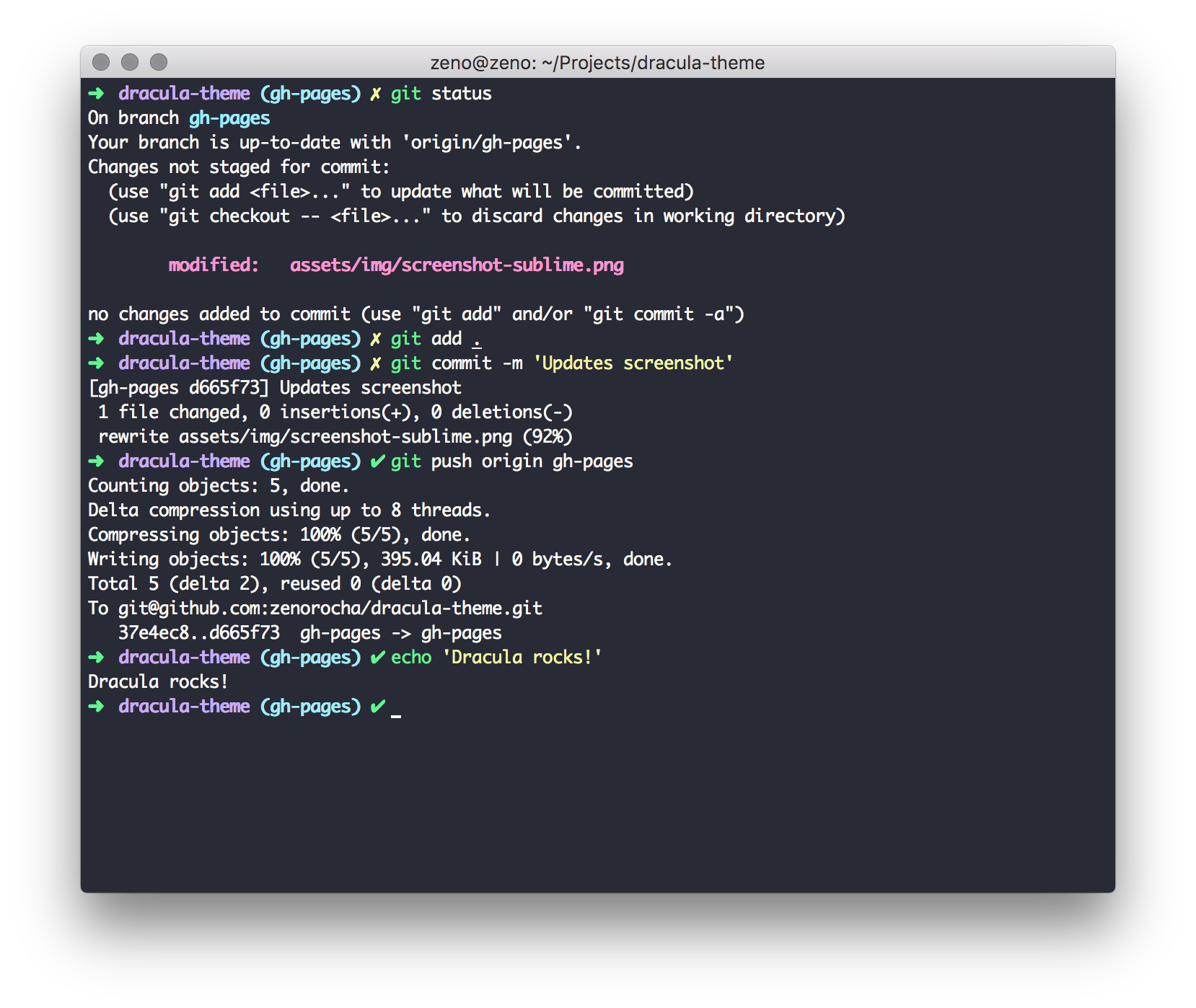

Edit the current command in your $EDITOR, which for me is vim Alt-d – Cut after word after the cursor position.Ctrl-w – Cut a word to the left of the cursor.Ctrl-y – Paste previously copied ctrl-u command in to the terminal.

Ctrl-u – Copy entire command to clipboard.Home – Similar to End, except jumps to the beginning of the line.End – SImilar to ctrl-e this will send your cursor to the end of the line.Ctrl-a – Jump to the beginning of a line (doesn’t work with tmux mappings).Similar to arrow keys, move between words quickly. Opt-left/right arrow – Custom iTerm binding for jumping between words quickly.Ctrl-left/right arrow – Jump between words quickly.I have also written about switching to zsh here. I recently ran across this blog post which has some awesome tips. There are some really nice additions that zsh offers over vanilla bash. Next, add the following to your global key bindings, iTerm -> Preferences -> Keys.įinally, it is also worth pointing out that I use zsh for my default shell. To do this, click iTerm -> Preferences -> Profiles -> Keys and find the binding for option left arrow and option right arrow and remove them from the default profile. The first step is to disable the custom binding in the iTerm preferences. The only thing I have been interested in so far is the navigation which I will highlight below.Īdjust iTerm keybindings – As I mentioned, I am used to using Linux keybinding so a natural fit for my purposes is the option key. I really haven’t dug through all the options in iTerm but there are a huge number of options and customizations that can made. The transition for me took a little bit but iTerm has definitely helped me out immensely, as well as a few other ticks learned along the way.
#MAC ITERM MOVE BY WORD MAC OS#
Coming primarily from a Linux background the hotkey bindings in Mac OS X are a little bit different than what I am used to and were initially a challenge for me to get accustomed to. If you simply want to add the option that turns on the correct hotkey bindings for your terminal, add this line to your ~/.nf file set-window-option -g xterm-keys onĪlso, if you are a Mac user, and don’t already know about it, I highly recommend checking out iTerm2.
#MAC ITERM MOVE BY WORD PLUS#
nf file if you’re interested in screen style bindings plus configuration for hotkeys. If you use tmux as your CLI session manager you may not be able to use some of the mentioned hotkeys to get around by default if you don’t have some settings turned on in your configuration file. There are a few things that I would quickly like to note. If you spend any amount of time in the terminal you should hopefully know about some of these tricks already but more importantly, if you’re like me, are always looking for ways to improve the efficiency of your bash workflow and making your life easier. I have been piecing together useful terminal shortcuts, commands and productivity tools since I started using Linux back in the day. I have been meaning to write this post for quite a while now but have always managed to forget.


 0 kommentar(er)
0 kommentar(er)
